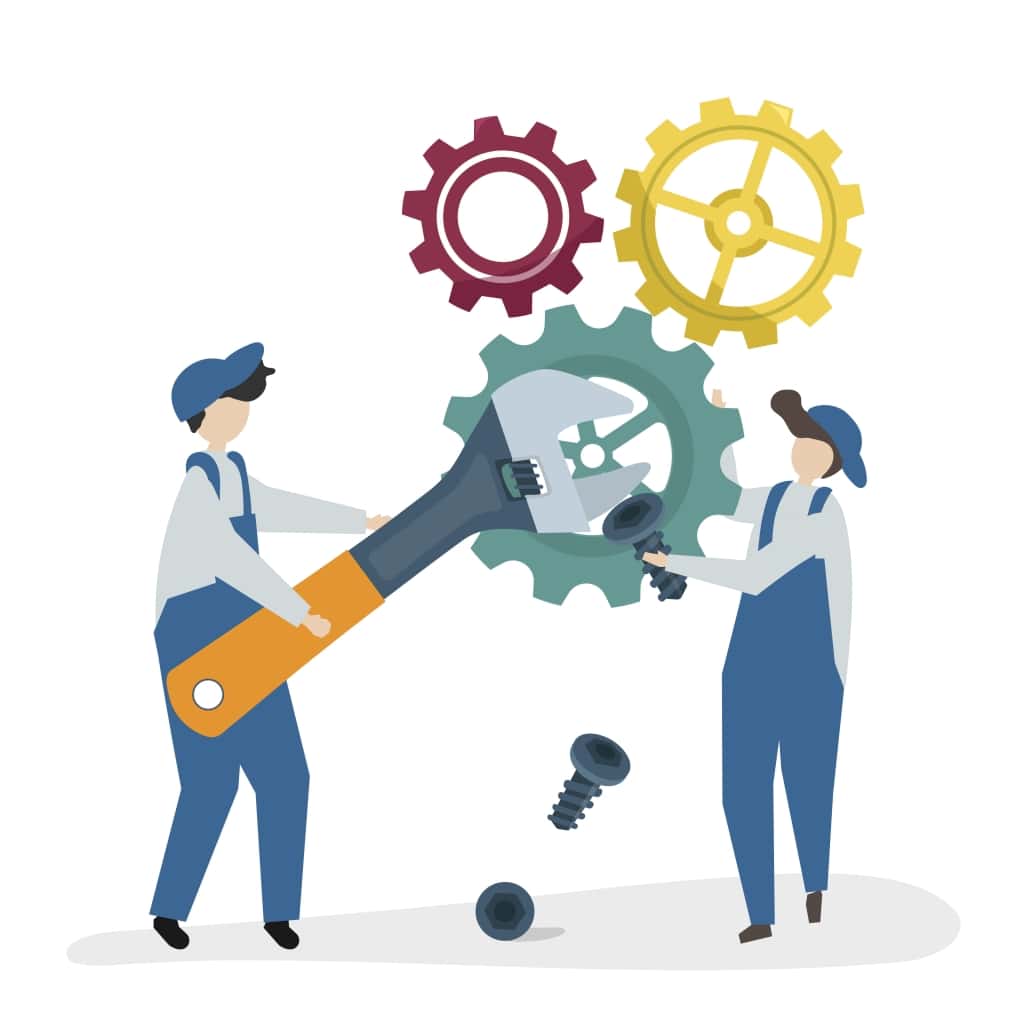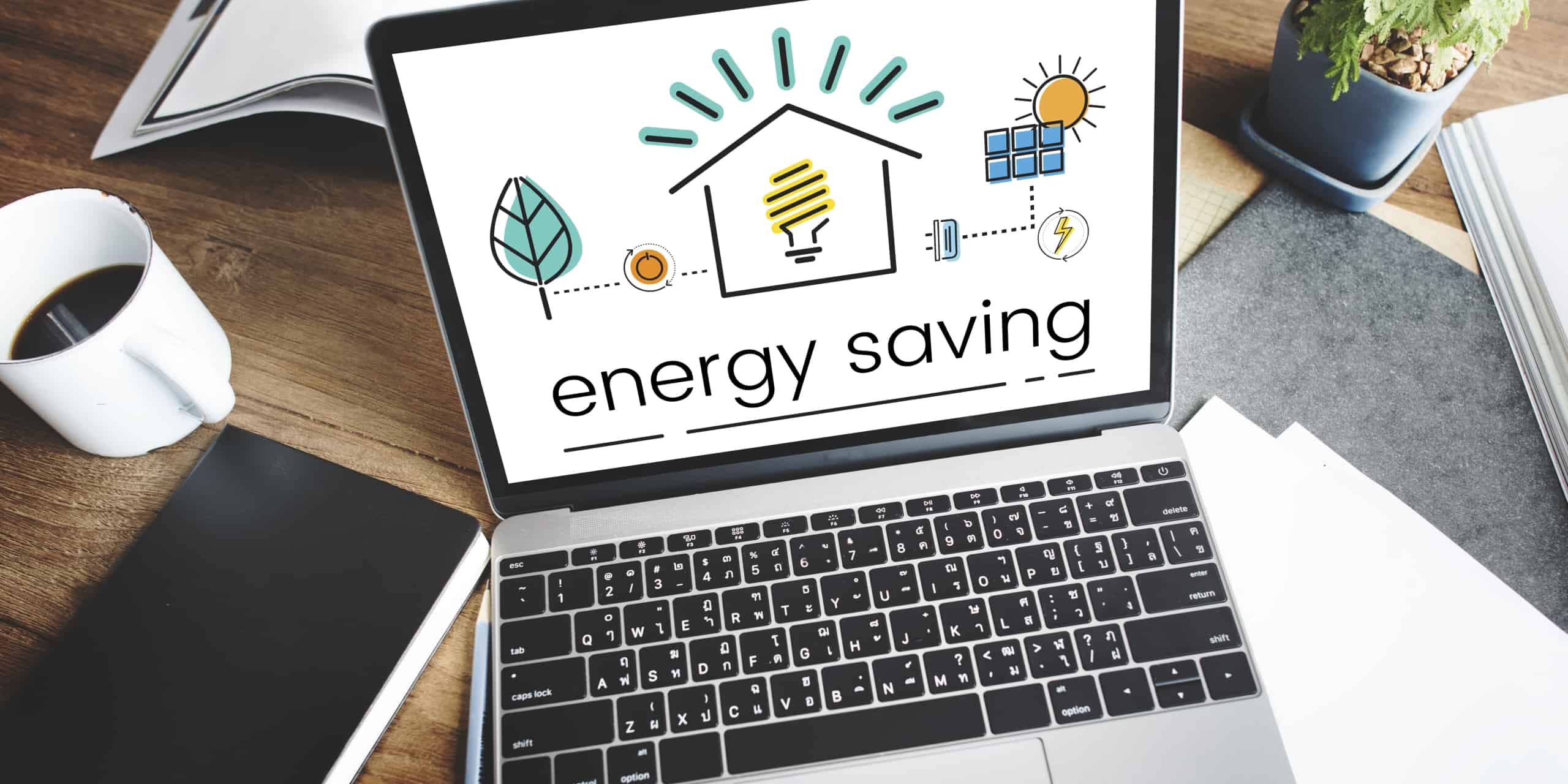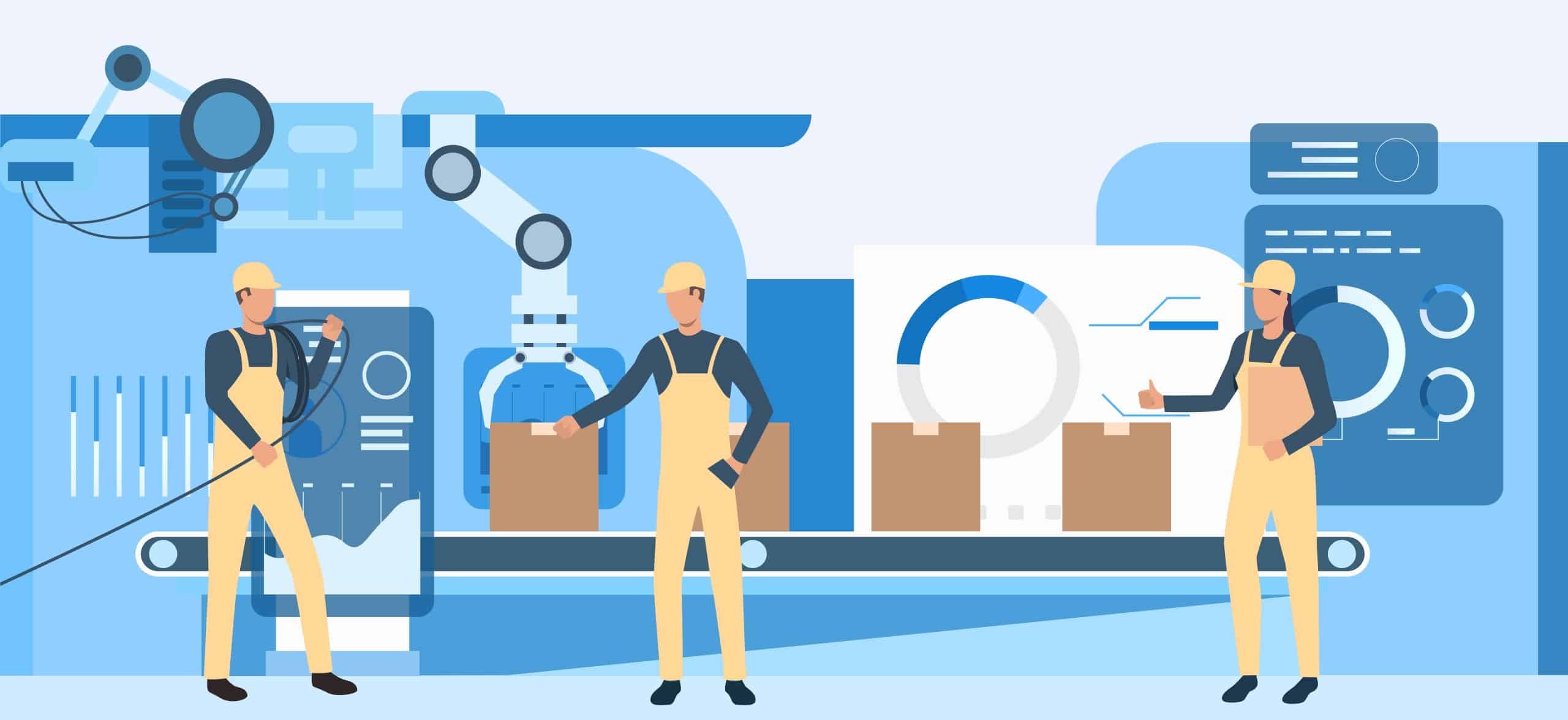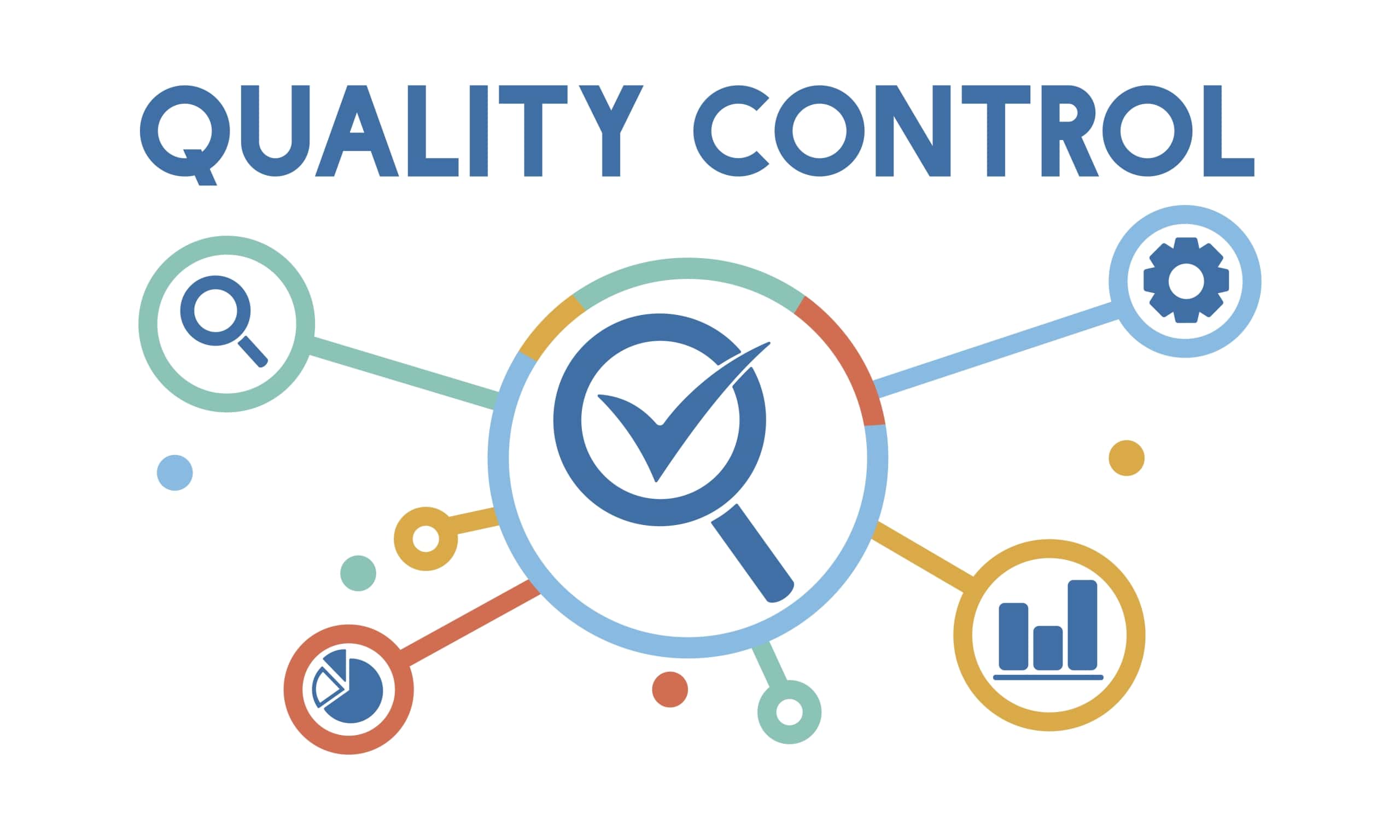Unmasking Hidden Costs:
1. Maintenance and Downtime
Investigating the complexities of maintenance and downtime in the context of wet wipes machines reveals a vital aspect that is sometimes disregarded in the search for cost reductions. Choosing lower-cost equipment may set off a misleading cycle of frequent malfunctions, demanding numerous and often expensive maintenance interventions. The underlying damage is shown in the intangible currency of time, rather than the immediate money expenditure for replacement components and technical services. The machine’s susceptibility to faults results in extensive downtime, upsetting production plans and causing missed deadlines. This consequence extends beyond the monetary expenses of repairs to include the incalculable worth of missed production, possible customer unhappiness, and the deterioration of a company’s brand. In this environment, a greater upfront investment in a higher-quality wet wipes machine appears as a strategic decision, guaranteeing not just operational dependability but also long-term productivity and financial stability.
In summary, although a lower-cost wet wipes machine may seem appealing at first, organizations must compare the short-term savings against the possible long-term expenses associated with maintenance and downtime. Finding the right equilibrium between upfront investment and continuing operational efficiency is critical for making an intelligent choice that matches the company’s overall financial goals.
2. Energy Efficiency
Aside from the immediate financial consequences, the long-term operational expenses connected with energy consumption present a complete picture. Choosing a less expensive machine may result in higher electricity costs since inefficient equipment consumes more power during its lifespan. A larger initial investment in energy-efficient equipment, on the other hand, not only provides a lower environmental mark but also delivers significant monetary advantages. Lower utility costs per unit produced may result in huge savings over time, presenting energy-efficient equipment as a strategic investment that not only complies with sustainable practices but also confirms the manufacturing process’s economic viability. In this light, knowing the overall impact of energy efficiency is critical for organizations seeking to strike a balance between cost-effectiveness and environmental responsibility.
3. Production Speed and Efficiency
The appeal of a lower upfront cost should be evaluated against the essential requirements of production speed and efficiency when analyzing the total cost of ownership for wet wipes machines. The ability of a wet wipes machine to generate high-quality wet wipes quickly and consistently has a direct influence on overall operational performance. While a cheaper option may seem appealing at first, investing in a more expensive, technologically advanced wet wipes machine might result in a strategic advantage. These advanced machines often include higher production rates and simpler procedures, resulting in improved output and lower labor costs over time. The first investment in efficiency is, therefore, a down payment on long-term productivity, satisfying market needs, and ensuring that the manufacturing process smoothly matches with larger organization objectives.
Consideration of production speed and efficiency as fundamental components of the total cost of ownership gives a nuanced view that goes beyond the original purchase price, providing a road to long-term success in the competitive environment of wet wipes manufacturing.
Business Impact:
1. Quality Control
The frequently overlooked area of quality control emerges as an important factor when determining the actual value of a wet wipes machine beyond its original cost inside the luxurious tapestry of wet wipes manufacture. Choosing a lower-cost wet wipes machine may jeopardize the uniformity and quality of the end output. The financial ramifications go well beyond the immediate savings, into the intangible currency of brand reputation. A larger initial investment in a machine outfitted with sophisticated quality control systems pays off in the long run by assuring a consistent and better result. This dedication to quality not only protects against consumer unhappiness and future recalls, but also boosts the brand’s reputation in a crowded market.
As a result, understanding quality control as a critical component of the total cost of ownership becomes a strategic requirement, protecting not just the immediate bottom line but also the long-term viability and resilience of a wet wipes manufacturing business.
2. Regulatory Compliance
Beyond the initial expense, navigating to the wet wipes production requires a vital consideration—the frequently ignored terrain of regulatory compliance. Choosing a lower-cost machine may mistakenly result in a compromise on features critical to satisfying industry standards and regulations. The financial consequences extend beyond possible penalties to the business’s core sustainability. Investing in more expensive, compliant equipment becomes a strategic decision, assuring regulatory compliance and protecting against legal difficulties. The actual cost of ownership includes not only the initial cash expenditure but also the long-term consequences of non-compliance, presenting regulatory adherence as a cornerstone in the wet wipes manufacturing organization’s survival and reputation.
In this sense, recognizing regulatory compliance as an essential component of overall cost emphasizes its strategic value in enhancing the business’s resilience and longevity.






